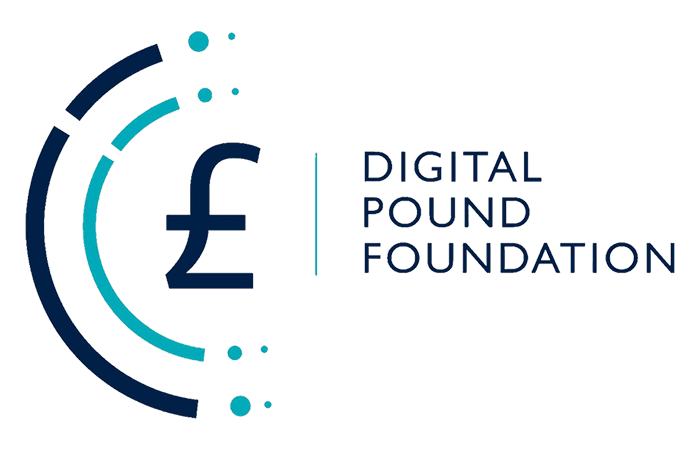Author: Jim Ford, Originating Member, Digital Pound Foundation
Before the advent of bottles, wine was held in wineskins, usually made of goat or sheep hair. Newly-produced wine was always poured into new wineskins because old or used wineskins would expand and explode under the pressure of the new wine. Similarly, with central bank digital currencies, is there a danger that the payments industry may simply try to squeeze the new into the old?
The CBDC initiative is not entering a virgin landscape but one which technologically has been built up over years. The current infrastructure was essentially built on a paper-based world and is now looking to adjust to a digital world. Current thinking generally assumes that a “big bang” from one to the other is simply not feasible at this stage due to the cost and effort involved. A second problem for CBDC is that it is not the only innovation in town. It enters a crowded landscape of new initiatives including open banking, blockchain, ISO20022, and faster payments. These developments impact not only the payments providers themselves but other bodies such as infrastructure providers, regulators, central banks, and even ancillary infrastructures, like securities settlement systems. This creates two challenges.

Firstly, can the development of a CBDC fit into all the other initiatives? Let’s take faster payments as an example. Since 2008 when the faster payments system was launched in the UK, around 60 countries have created similar infrastructures. Now, these same infrastructures are beginning to look at a cross-border model. Countries such as India, Thailand, and Singapore are investigating how they can link their faster payments systems together, while in Scandinavia the P27 initiative is looking to create a regional faster payments infrastructure. Here in the UK, initiatives such as the New Payments Architecture and the RTGS Renewal project are also looking to effect profound changes. Significantly, all of these areas are also running CBDC projects (Sweden in the case of Scandinavia). Some of the CBDC projects are looking to use centralised infrastructures while others are looking to use distributed ledger technology.
The key question in all of this is whether there are sufficient common synergies between all of these projects to hold them together – or does the advent of the CBDC lead to be a fundamental re-think of the payments landscape? To take one example, can the infrastructure standards that uphold the faster payments developments be equally applicable to a CBDC? Or will CBDC initiatives require new standards? If the latter is the case how far do payments providers carry on with existing projects if they may have to create new standards and protocols for a CBDC? If CBDC becomes the way of the future, it may actually be better to focus on that as the key project and re-prioritise the others in the light of that.

Following on from this last question, the second challenge is how payments providers should assess the CBDC initiative internally? Larger institutions, in particular, have traditionally tackled new payments developments such as these from a siloed perspective. Open banking, faster payments, blockchain, ISO2022, etc have all been managed in different areas. Similar people may have been involved in several projects but they have all been managed separately, often with little thought to overall holistic consequences. This may be a very good time to change that approach. Payment providers may be well advised to take a step back and look at all these initiatives holistically. Not just the payment service providers but the infrastructure managers, regulators, and central banks, as well as the wider private sector. If the advent of a CBDC is a fundamental paradigm shift in how the payment landscape functions, current project prioritisation may be a precious waste of resources and money.

The history of payments has shown that it is very rare for any new initiative to completely replace what has gone before (e.g. in the UK neither CHAPS nor Faster Payments have replaced BACS). Instead, old and new developments tend to sit alongside each other. Yet perhaps it is time to fundamentally re-think that approach. If we try to sit CBDCs alongside other payments developments perhaps we are putting new wine into old wineskins. Undoubtedly CBDCs will impact payment players across systems, platforms, and channels. There will be legal and regulatory implications as well. A lot of investment will need to be made. An industry-wide pause on the best way to achieve that may turn out to be a very wise investment.





























































